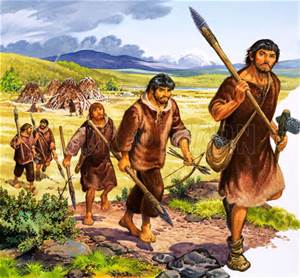

Ju/’hoansi hunter-gatherers in Namibia traditionally made use of 125 different edible plant species, each of which had a slightly different seasonal cycle, varied in its response to different weather conditions, and occupied a specific environmental niche. Hunting and gathering was a low-risk way of making a living. Both hunter-gatherers and early farmers were susceptible to short-term food shortages and occasional famines – but it was the farming communities who were much more likely to suffer severe, recurrent and catastrophic famines.

The extraordinary productivity of modern farming techniques belies just how precarious life was for most farmers from the earliest days of the Neolithic revolution right up until this century (in the case of subsistence farmers in the world’s poorer countries).


 0 kommentar(er)
0 kommentar(er)
